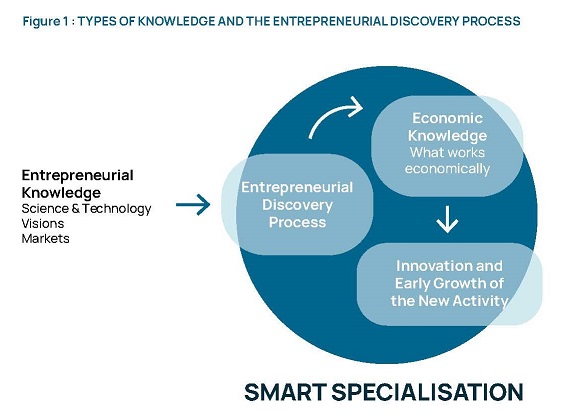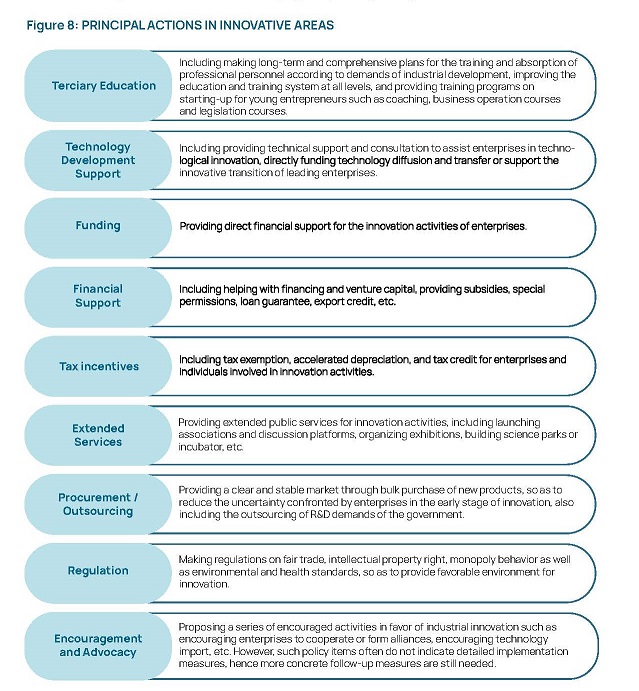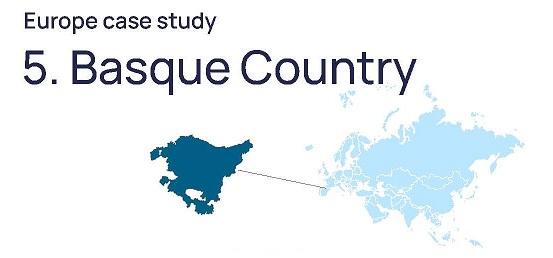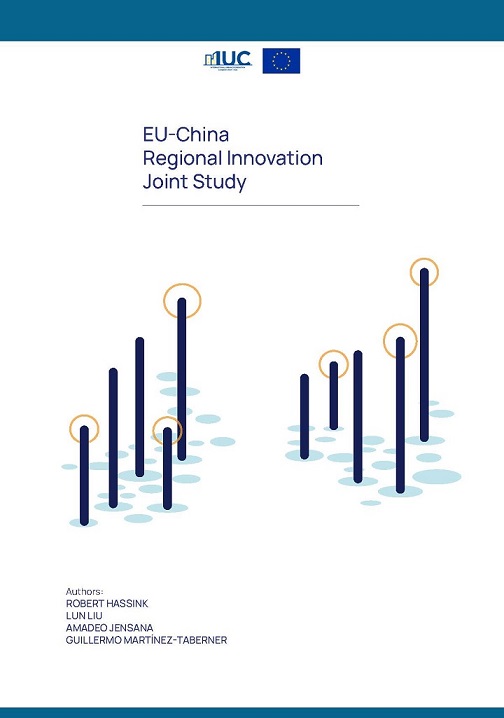The EU-China Regional Innovation Joint Study, supported by previous IUC-Asia programme, is to compare the European and Chinese approaches to regional innovation carrying out a comparative analysis at a general level and also analyzing six best practices of regions/ provinces in China and the EU. It seeks to explore ideas for future cooperation between the European Union and China on regional innovation systems. The study supports the European Union Cooperation on Regional Policy with China and will be used as a reference in the region-to-region cooperation for IURC-China programme.
The executive summary points out that, “It is clear from the analyses in this study that innovation lies at the centre of efforts in the EU and China to remain competitive and gain competitiveness in the era of globalization. While approaches to innovation differ in many respects in the EU and China, respectively, this study suggests that their differing experiences in relation to promoting innovation at the regional level provide a fruitful terrain for cooperation. The smart specialization methodology developed in the European Union is now recognized internationally as a suitable approach to promoting innovation and competitiveness, with the flexibility that enables it to adapt to different circumstances. “

Part I of the study analyses the regional innovation in the EU and China. It begins with the EU’s innovation policy development, in particular smart specialization and the EU’s support for international cooperation on regional innovation. Regional innovation policy development in China is covered, with a focus on the territorial dimension, centred around the three core regions of innovation: Beijing-Tianjin-Hebei, the Yangtze River Delta and the Pearl River Delta, some of which may be important actors in the IURC-China programme.

The third section of Part I focuses on the process of cooperation on regional innovation systems and its emerging challenges. Based on the EU-China regional cooperation experience, it is suggested that cooperation on regional innovation systems should have a number of the following key elements:
• Select the regions with the best prospects for successful cooperation outcomes
• Identifying a strong partner for each participant region
• Turn this information into proposals for Regional Cooperation Action Plans
• Create an intra-regional innovation system based on an open pairing approach
• Triple-helix Approach
• Governance and Vertical Integration
• Communicate the process and the results

The final section of Part I compares the regional innovation systems between the EU and China, especially regarding their approaches, territorial dimension and stakeholder involvement.
It was stated, “Both Europe and China have given a major priority to the process of innovation. In Europe, the concern has been one of seeking to maintain competitiveness, and restructure the economy, against a decades-long process of restructuring of, and job losses in, key industries. In China, the concern has also been to restructure industry but the underlying aim is to move to a different stage in the process of economic development, moving up the value-chain and achieving a high-productivity, high-income economy.”
It further states, “In the EU, the ‘Green Deal’ is the new strategy to promote recovery and transition following the COVID-19 induced crisis. The EU intends to reinforce the green dimension of Smart Specialization, which will be further enhanced in line with the European priority of adapting sustainable development to digital transformation. In China, local governments already integrate environmental protection objectives into local economic and social development plans and report on implementation in the evaluations by local government officials.”
Part II contains case studies of the following areas:
• Basque Country (Spain)
• Baden-Württemberg (Germany)
• Centro (Portugal)
• Jiangsu (China)
• Shandong (China)
• Chengdu-Chongqing (China)


In the conclusion section, it states, “It is clear from the analyses in this study that innovation lies at the centre of efforts in the EU and China to remain competitive in the era of globalization. While approaches to innovation differ in many respects in the EU and China, respectively, this study suggests that their differing experiences in relation to promoting innovation at the regional level provide a fruitful terrain for cooperation. The EU’s new International Urban and Regional Cooperation programme (IURC) provides, under its Component 2, an opportunity for a deeper and more systematic approach for cooperation between regions in the EU and in China (as well as other countries) on this theme. In taking this forward, the cooperation between the EU and non-EU partners on regional innovation systems under IURC will have a substantial dimension as well as a process dimension. “

The study was coordinated by Casa Asia, authored by Robert Hassink, Lun Liu, Amadeo Jensana and Guillermo Martínez-Taberner. Contributions were also received from Ronald Hall, Active Senior Advisor, European Commission, Directorate-General for Regional and Urban Policy, Lambert van Nistelrooij, frm. Member of the European Parliament, Committee on Regional Development, Pablo Gándara, Team Leader, IUC Asia, and Oscar Prat van Thiel, Senior Expert, IUC Asia.
The study is available here:
EU-China Regional Innovation Joint Study
